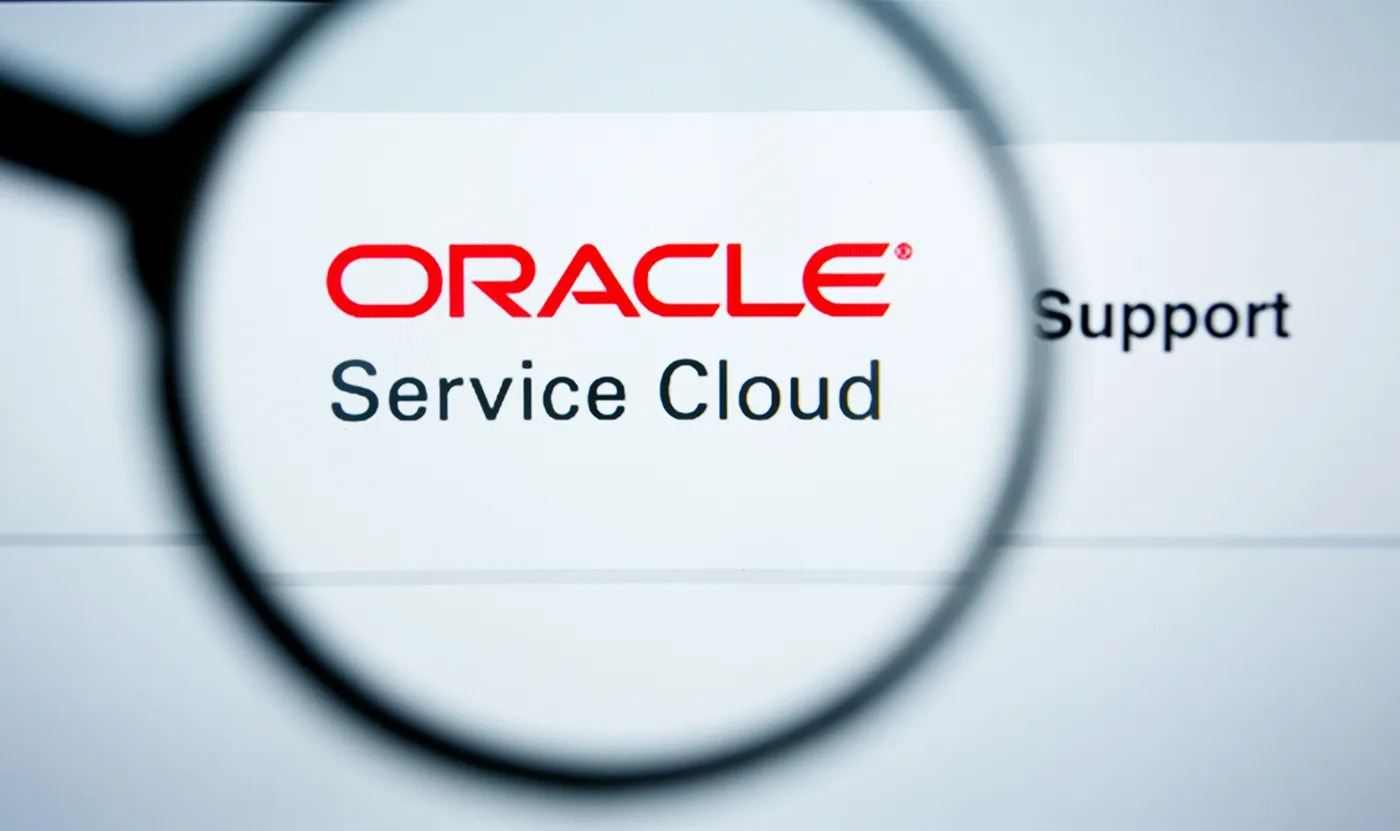Inflation may be coming down, but many businesses are continuing to grapple with the aftermath of elevated costs and supply chain disruptions experienced over the last couple of years.
Profitability remains a significant challenge across various sectors with distributors struggling to keep up, demonstrating the continued importance of pricing.
Fine-tuning pricing strategies
There is a growing understanding that for distributors to optimize their profits, they require dynamic pricing capabilities that allow setting different prices for products by customer, geography, sales channel, and other criteria. The ability to swiftly adjust prices across the board and with pinpoint accuracy is key for distributors to remain competitive.
With this level of pricing control, distributors can apply strategic upcharges more broadly to some sectors or regions and minimize increases for more price-sensitive accounts. This flexibility in pricing can also serve as a profit driver in the event of future spikes in costs for raw materials, transportation, labor, or other variables.
Agile response to market changes
It is widely accepted that volatility has become the norm, meaning that businesses need to be able to promptly respond to shifting market conditions and can’t afford to use sluggish, slow symptoms. Whether it’s in response to fuel surcharges or a buy-side price update, distributors need to be able to react quickly to avoid margin erosion. For businesses heavily exposed to specific cost drivers like currency fluctuations, transportation expenses, or commodity prices, it may be prudent to consider automatically linking prices to these costs. While periodic pricing reviews are essential, automated links allow businesses to be even more dynamic.
Enhanced data visibility for informed pricing decisions
Effective pricing decisions rely on having access to accurate data. Businesses cannot afford to operate blindly when it comes to understanding profit margins across different product lines, customer segments, and sales territories. Distributors need visibility of both input costs and sales to ensure that their pricing strategy is delivering the margins it needs to, and to also ensure claim-backs and SPAs aren’t being missed or disputed.
Streamlining manual processes
Distributors are in a uniquely challenging position, facing pricing complexity both buy-side and sell-side, which results in significant manual work and an increased risk of errors. By automating pricing processes, including administration tasks, businesses save resources, allowing the finance function to focus on pricing strategy, and the account team to focus on building and maintaining customer relationships, as well as reducing costly mistakes.
Seizing Control
Even as inflationary pressures gradually ease, distributors operate in an environment where intelligent and automated pricing holds greater significance than ever before. Prioritizing pricing initiatives and providing teams with robust pricing management tools can lead to improved profit margins. By transitioning from reactive responses to market volatility to proactive pricing management, distributors will be able to gain greater control for the future.










